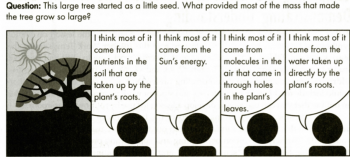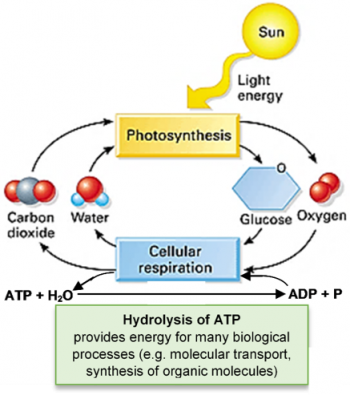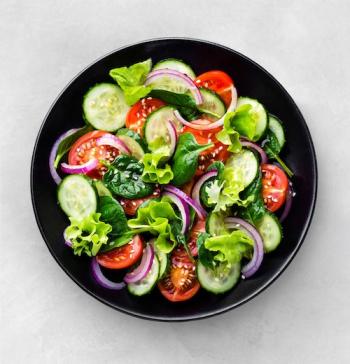Serendip is an independent site partnering with faculty at multiple colleges and universities around the world. Happy exploring!
Categories in Family Guy
I was watching a Family Guy episode where Brian Writes A Best-Seller. Brian gets upset because none of the "serious" books he has written have gotten any attention. To prove the point that self-help books sell despite the lack of content he sets out to write one. His book "Wish It. Want It. Do It." becomes very successful and he gets to go on many interviews. The first one that he goes on is at a local news-station and the conversation that took place reminded me a lot about my Non-Fiction prose class. The conversation (07:01- 07:40)



 This analysis and discussion activity helps students to understand the relationships between food, physical activity, cellular respiration, and changes in body weight. Analysis of a representative scenario helps students to understand how challenging it is to prevent weight gain by exercising to offset what seems to be a relatively modest lunch.
This analysis and discussion activity helps students to understand the relationships between food, physical activity, cellular respiration, and changes in body weight. Analysis of a representative scenario helps students to understand how challenging it is to prevent weight gain by exercising to offset what seems to be a relatively modest lunch.





